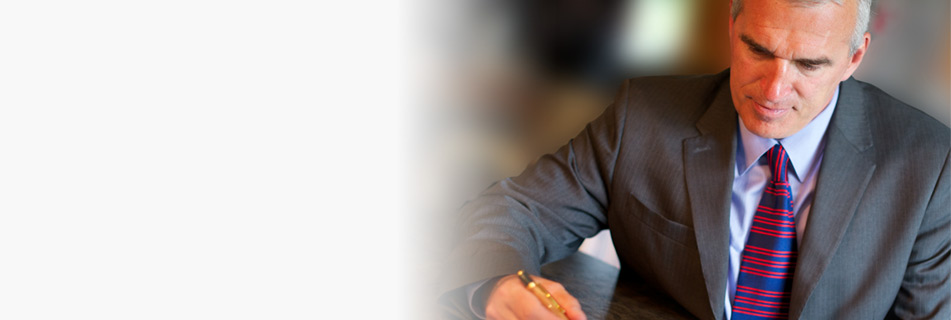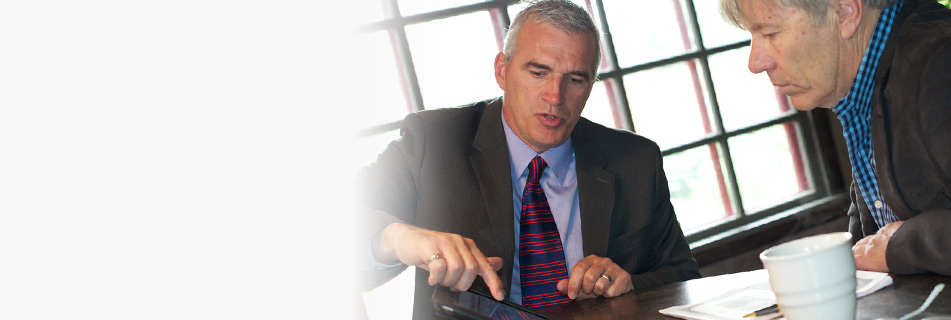Learn How to Build Wealth Volume 4–Rent Out a Room
The cash flow generated through the use of rental properties can be used in several ways. The most common are:
Supplement monthly income
Reduce Debt
Reinvest in the property
Invest in other investment opportunities.
Financial Planning-Part 1-Getting Organized
In their book, Living Forward: A Proven Plan to Stop Drifting and Get the Life you Want, Michael Hyatt and Daniel Harkavy indicate the legacy we leave behind is the result of working towards a much larger plan. Predetermining in advance the assets we hope to leave behind (intangible and tangible) help us live to life with purpose.
Intangible assets including; the values or reputation, the commitments, and the knowledge we plan to leave behind can be easier transferred by first understanding what it is we are trying to pass on. Once intangible desirable are identified back engineering can be used to help determine today’s actions to get tomorrow’s desirable results.
When it comes to transferring tangible assets that make up our estate the same process can be used. Rather than always working towards an unknown asset value focus on a fixed number and use back engineering to help determine today’s actions. If the value of our estate is the sum total of our net worth, possessions and other assets that are controlled or owned then before we can determine what actions we need to make today to get tomorrow’s results we first have to better determine what we want to pass on.
When it comes to transferring or distributing tangible assets typically it can be done 4 ways;
1. Wills,
2. Gifting
3. Joint Ownership/Tenancy-in-common
4. Living/Family Trust
When developing your dream team, the lawyer will play a key role in helping to determine which estate distribution strategy should be used to meet objectives.
Together intangible and tangible so that they can be used to help others leave their legacy.
What legacy do you want to leave behind?
Learn How to Build Wealth Volume 4–Through a Business and Real Estate
Course Overview
Owning a business and investing in real estate are additional ways many use to build wealth. Whether SMART financial goals are being met through the sale of a business or revenue from real estate property finding the right wealth building strategy that utilizes our skill set is important to identify.
Within this course students will discover how to build wealth to pay for their goals by running a business and owning real estate property. Upon successful completion of this course students will be able to understand saving, investing, and retirement planning by learning:
Course Outcomes
After completing this course, students will have learned:
- Financial resources needed for specific goals including retirement lifestyles.
- To identify opportunities of entrepreneurship and self-employment.
- Ways to increase asset value by reducing borrowing costs.
- Options for purchasing financial assets to achieve goals.
- To identify types of investment vehicles.
- To select appropriate financial products to achieve different financial goals.
Learn How to Build Wealth Volume 3–Your Way
Building wealth is relatively easy.
- Have SMART goals
- Do SMARTER things
- Treat your goals as expenses
- Select an investment vehicle (business, real estate, paper assets) that you know and understand.
- Put in the effort to make things happen
- Review results
Now it is time to build a cash flow machine.
Learn How to Build Wealth Volume 3–Keep It Together
Now that goals and visions have been identified, cash flow is being properly managed, debt is well contained, assets are protected, and wealth is being built, we need to keep everything organized. In order for us to be productive in accomplishing goals we need to be organized.
There are several ways we can keep things in order. From a recommended paperless organizational plan colour coordinated files can be created that store; goals, cash flow, debt, insurance, wealth, and estate documents (not talked about in this workbook but is very important). Having files colour coordinated can help.
Learn How to Build Wealth Volume 3–Measure it!
An easy way to keep track of how well our financial wealth is developing or building is to measure our net worth. By keeping tracking of our net worth, not only does it help us know when we have arrived at our financial destination, but it also provides us with a reality check as to how we are doing.
Net worth is the difference between our assets and liabilities (debt). If the cash value of our assets is greater than the cash value of our liabilities then we have a positive net worth. However, if our liabilities are greater then our assets we have a negative net worth. Comparing the dollar values month to month help us see growth or decay.
We will define assets as, things we possess that can put money into our pockets. The most common form of assets include; property, stocks, bonds, mutual funds, and cash. Liabilities, on the other hand, are things that take money out of our pockets. They include such things as; loans, credit cards, and money borrowed from friends and family.
Learn How to Build Wealth Volume 3–Determine ROR
When we choose investments we are almost never guaranteed a rate of return. Even after completing hours of research, the rate of return (reward) and the probability of loosing money (risk) are more than likely “hopefuls wishes” at best. We hope our investments perform well, and allows us to pay for future financial wishes.
To ensure our investments are on track we need to monitor their performance. One way we can evaluate an investment’s performance is by calculating its rate of return. Comparing how an investment is currently doing to how we had hoped it will perform is important. In addition to the comparison of rate of return, we need to keep in mind the time frame or the length of time we plan to hold our investment before we cash out to pay for goals. The closer we are to needing invested money to pay our financial costs the lower investment risk they should be in.
Want a calculator to help determine rates of return needed to reach financial goals? Click Here
Learn How to Build Wealth Volume 3–Dollar Cost Averaging
Dollar cost averaging is a great way to build up our investment portfolio. There are two things that will help our dollar cost averaging investment strategy to work:
- commitment to invest over time,
- selecting a good investment.
Make sure that there has been sufficient research done before committing to an investment. A certified financial professional can help select an investment to meet SMART needs. Before choosing a professional make sure all the fees are identified and understood before proceeding.
Another component to dollar cost averaging is committing a fixed dollar amount to regularly scheduled purchases over time. By doing so fewer shares or units are purchased when the price increases, and more shares or units are purchased when the prices decrease. This way of investing works really well in an investing world where prices of shares and units change drastically over a period of time, and end up about the same price as they started. The affect of dollar cost averaging reduces the overall cost of purchasing shares over time.
Learn How to Build Wealth Volume 3–Using TFSA and RRSP
Learn How to Build Wealth Volume 3–TFSA and RRSP Strategies
Tax free savings account (TFSA) and the Registered Retirement Savings Plan are both strategic investment “garages” created by the government to help Canadians save money. They both serve a purpose and are important tools to be included in planning. Before deciding which investment garage to park investment vehicles in it is important to understand some basic differences.






